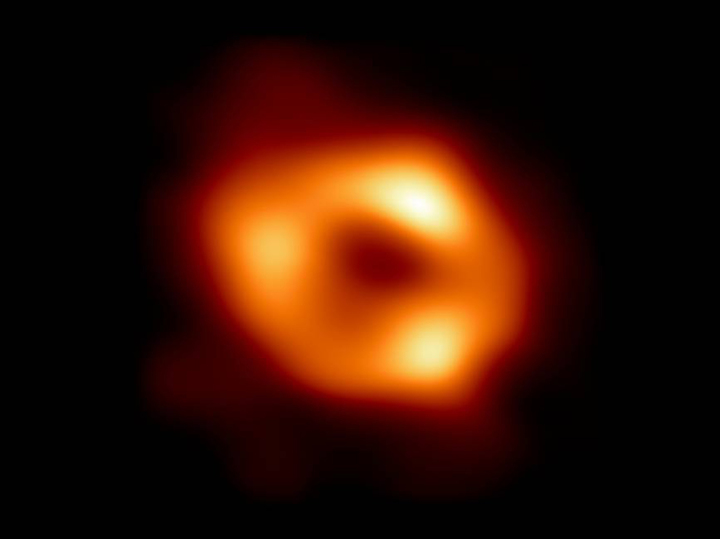Astrophysicists “photographed” the Milky Way from distant galaxies
[ad_1]
This was made possible by quasars and interstellar dust.
A more detailed map of the distribution of dust and gas clouds in our Galaxy was made by specialists from the Moscow Institute of Physics and Technology, the P. N. Lebedev Physical Institute of the Russian Academy of Sciences and the Crimean Astrophysical Observatory. They managed to look at the Milky Way “outside” thanks to the most numerous and brightest objects in space – quasars, which share billions of light years with the Earth.
It is impossible to see your house from the outside, being inside it. But scientists figured out how to do it – they “photographed” the Galaxy using radio images of other, distant galaxies. The fact is that these images are influenced by clouds of dust and gas that fill all the space between the stars in our Galaxy. Passing through them, the radio emission is scattered, and the images are “smeared”. However, depending on the directions in the sky, the degree of this scattering is different depending on the density of interstellar dust. So, by studying the signals of quasars (nuclei of active galaxies) from different “corners” of the sky, scientists, depending on the degree of distortion of the obtained images, have formed the most complete map of the distribution of large-scale interference in the interstellar medium of the Milky Way to date.
Using this method of “looking outside”, it was possible to establish that scattering screens are concentrated in the plane of the Galaxy closer to the center, as well as in the region of supernovae – the strongest explosions of old stars.
Knowledge of a more complete picture of the distribution of interstellar matter in the Milky Way may also be of practical importance. Using clouds of dust and gas, astrophysicists can more effectively reconstruct the true image of distant space objects.

As an example, Yury Kovalev, Chief Researcher at MIPT and FIAN, Corresponding Member of the Russian Academy of Sciences, cited the story of the restoration of the image of a black hole (“orange donut”) at the center of our Galaxy. Before receiving it and making it public in the spring of 2022, it took astronomers years to “clean up” the picture, which was very blurred by a dense plasma cloud. As a result, only after observations at a very short wavelength – 1.3 mm, the black hole began to be seen more clearly. With more data on the locations of interstellar clouds, similar results can be obtained more quickly.
[ad_2]
Source link








